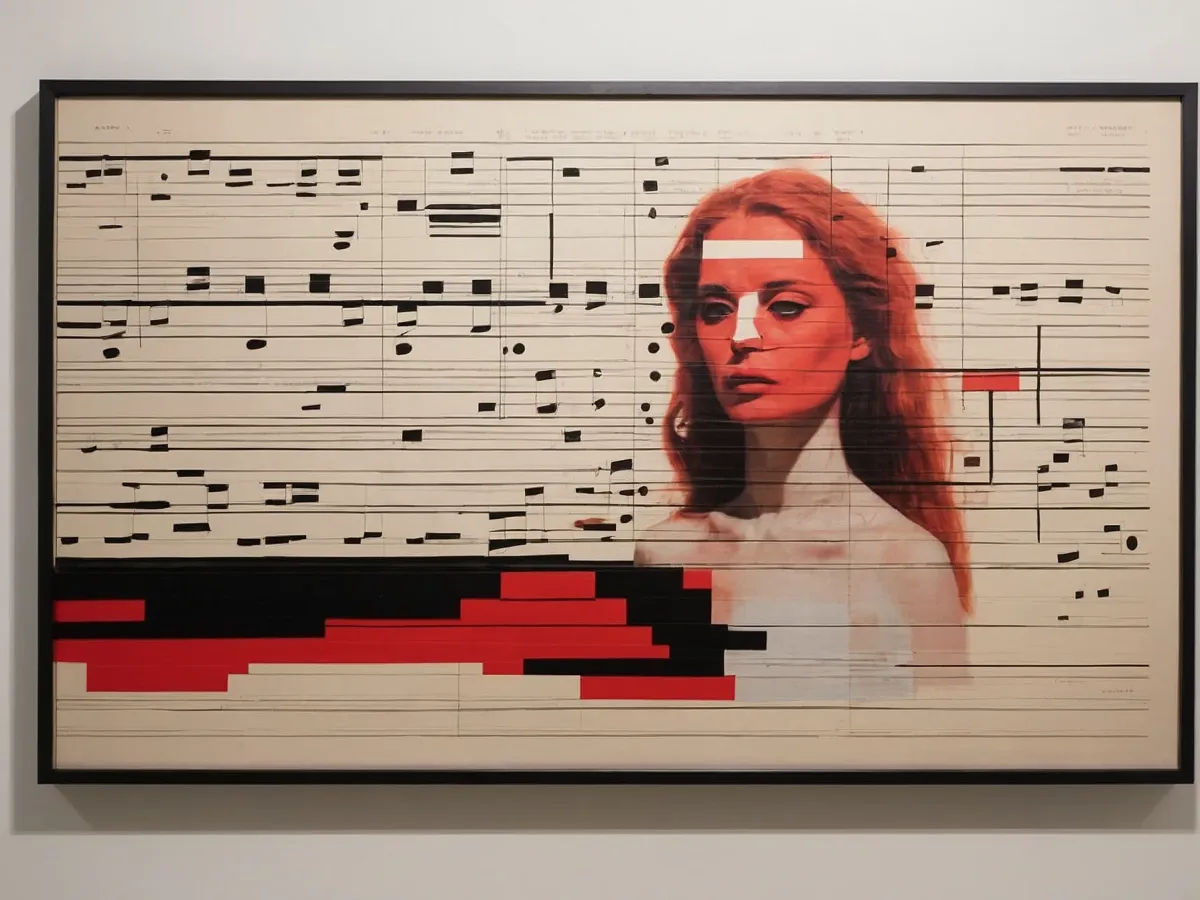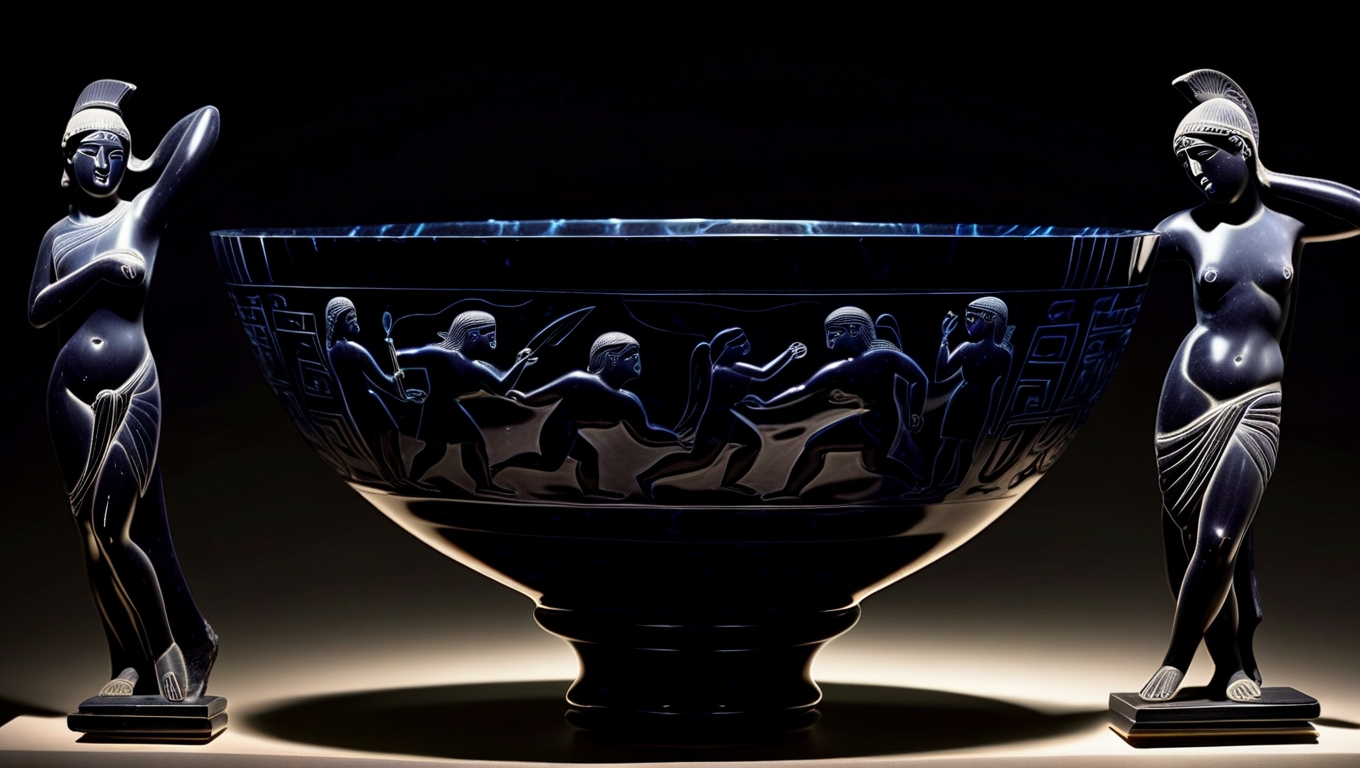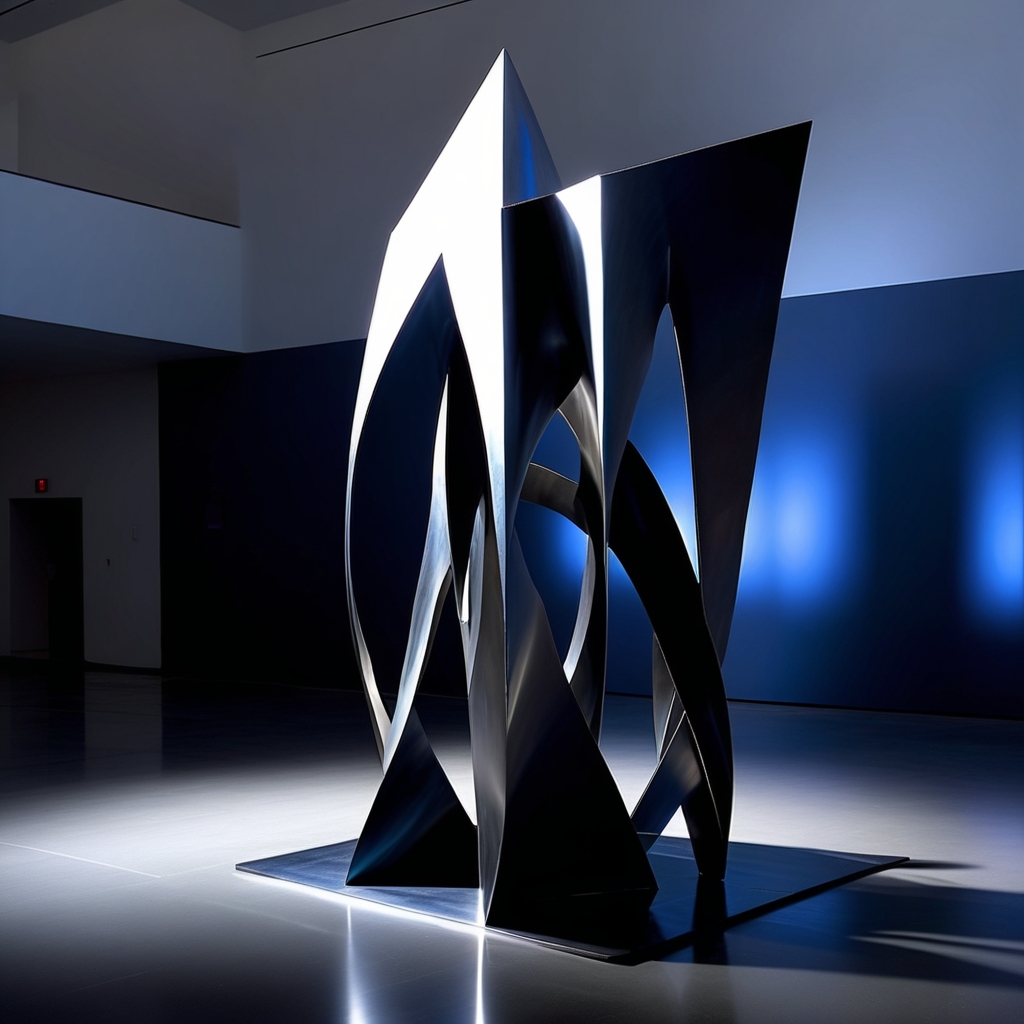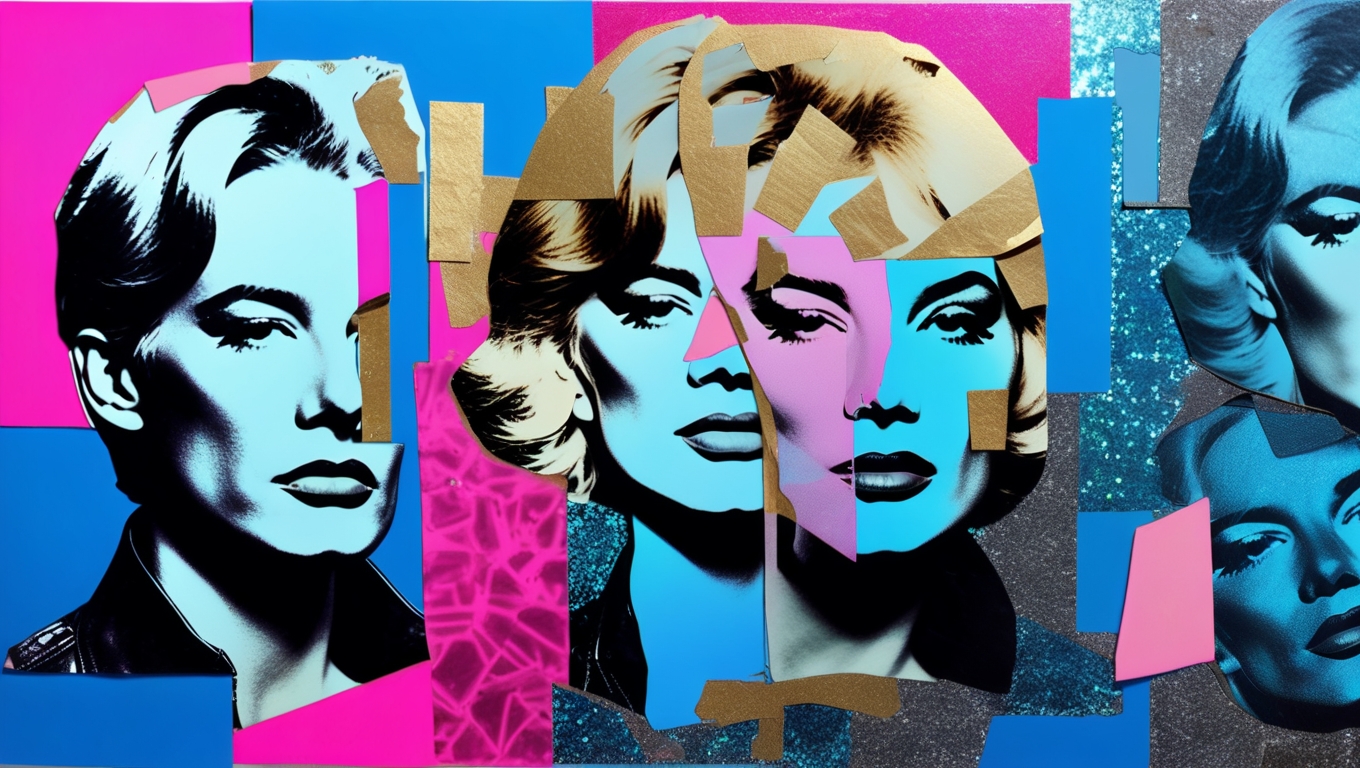The Enigmatic Composition

In the quiet halls of the Ravensfield Collection hangs an enigmatic masterpiece: “Symphony of Shadows” by Lydia Arkwright. At first glance, one is struck by its otherworldly blend of abstract composition and hyper-real portraiture. Black musical notes seemingly float through fractured red and black patterns, coalescing into the ethereal visage of a woman—her expression both haunting and serene. Arkwright, known for her explorations into visual music theory, created this piece as part of her groundbreaking series in which she sought to visualize sound and emotion through layered symbolism.
Arkwright’s ability to blend the uncanny with reality stems from a peculiar episode in her youth. Stories circulate about how, as a child, she discovered an old metronome in her grandmother’s attic—a relic rumored to have belonged to a 19th-century composer who vanished mysteriously. Drawn to its rhythmic ticking, young Lydia would lose herself for hours listening to it until one night—it stopped abruptly at midnight. Awoken by the silence, she noticed a shadowy figure emerging from the wooden casing. The phantom introduced itself as Adeline, a muse trapped between dimensions due to an untamed symphony that still lingered unfinished.
“Whenever I gaze upon ‘Symphony of Shadows,’ I feel like I’m eavesdropping on secrets whispered by unseen entities.” - Draven Goreman, Paranormal Investigator
Years later, during feverish nights working on “Symphony of Shadows,” Lydia claimed Adeline reappeared. Unlike her prior encounters where Adeline’s presence brought comfort and melody into Lydia’s life—this time was different. Panic scribed every note played by ghostly hands while shadows danced erratically around the studio walls. They wove themselves into shapes resembling musical notes—the very same reflected in Lydia’s artwork. Each scribble encased sorrowful memories belonging not just to Adeline but to spirits long forgotten.
Unbeknownst to anyone at the time but found written behind sketches within Lydia’s journals discovered posthumously—Adeline warned her about performing specific chords: “The Consonance Void.” Known only to prodigious composers linked mystically throughout history, it could unleash catastrophic consequences if invoked incorrectly, leading innocent souls into musical oblivion forever.
Torn between temptation and preservation, Lydia battled doubts as mystical realms collided. Her artistry yielded tangible creations of ineffable beauty, admired and feared simultaneously. As dawn broke on the completion day, under a lunar trance, spectral rites revisited. Dimensional bounds transcended as Lydia’s art unveiled novel dispositions and expanded primal legacies, perpetuating endless cyclical nuances akin to mythological dreamscapes and epic sagas.
Today, visitors standing before “Symphony of Shadows” report feeling an odd resonance within their own consciousness, as though their thoughts align synchronously with the mysterious harmonics imbued upon the canvas. This surreal experience often leads them to perceive profound insights into existence and permanence.
When you stare too long, you almost believe you can hear those ghostly melodies whispering their secrets directly into your soul—and perhaps they do.




